The cities of Connecticut were the scene of racial violence every summer during the last three years of the decade. There were riots in New London, Norwalk, Stamford, Bridgeport, Waterbury, Middletown, New Britain, New Haven and Hartford. In New Haven, in August, 1967, a white store owner shot a Puerto Rican threatening him with a knife, and this action unleashed a series of incidents that fed on each other and eventually led to chaos in the streets. Mayor Richard C. Lee called a state of emergency and asked that the National Guard be brought to the edge of the city.
The next month in Hartford leaders of the newly formed Black Caucus of the North End responded to the shooting of a Black youth by a policeman by calling for a march on the predominantly white South End to protest housing conditions and neighborhood segregation. Their march ended when they were blocked from their destination by 250 policemen wearing helmets and carrying riot sticks. That night Black youths ran wild in the North End, breaking store windows, setting fires, looting, and throwing bricks and bottles at passing cars, including patrol cars.
The violence reached its peak in the late summer of 1969 when mobs of Black youths in Hartford were fighting in the streets with state and city police, and damaged almost one hundred buildings, including a public library that was set on fire and a super market that was never to return to the North End. “The power structure reacts to riots and violence. This is the black man’s only power,” cried John Barber, spokesman for the Black Caucus.
What had happened? Earlier in the decade leaders of Black protest organizations had worked hard to build community organizations to revitalize the Black community, and had shaped their arguments for equality with reference to the fundamental tenets of Christian morality, the Constitution, the Declaration of Independence, and the landmark Brown vs. Board of Education decision of 1954. Organizers of the NAACP, the Urban League, and CORE in Connecticut were supportive when the mainly white-led North End Community Action Program (NECAP) of Hartford had staged sit-ins and other direct action protests against local hiring practices, but their rhetoric did not seem to offend the majority of the population. Their actions were aimed at developing community educational and cultural programs that would combat poverty and lack of racial pride in the long run. Even when tempers flared in New Haven over a new busing program, the press and white leadership stood behind the Civil Rights movement. For years Black protesters enjoyed the support of liberal whites such as Don Noel of The Hartford Times…
Read More: World Apart reading

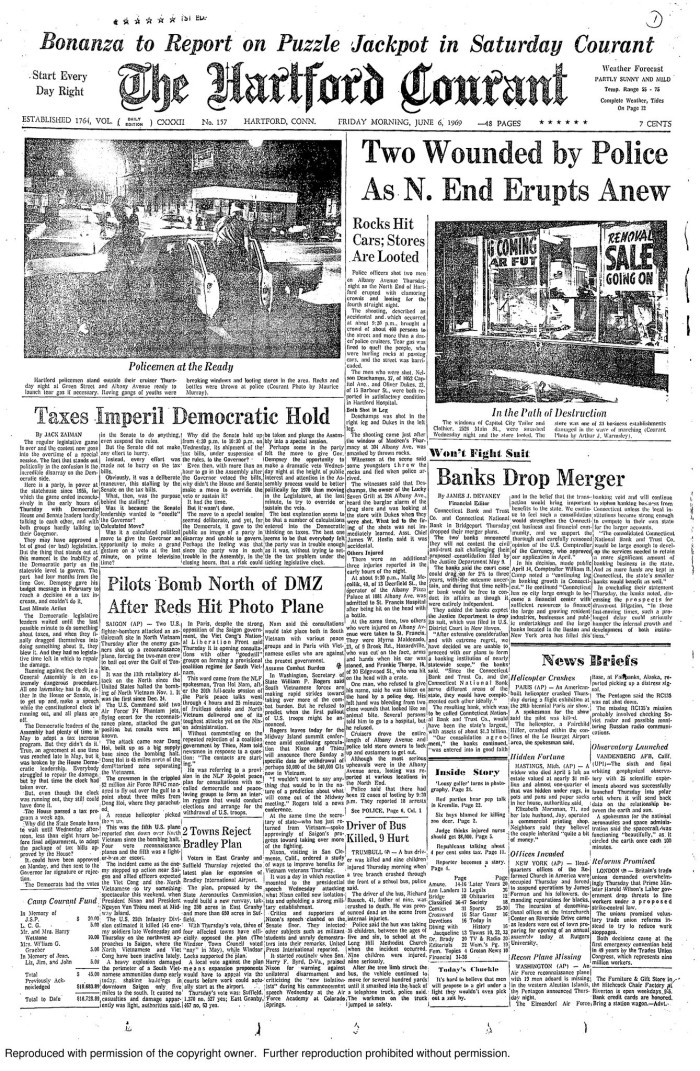



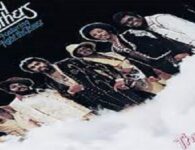
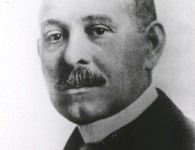

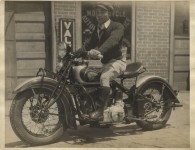
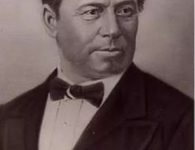
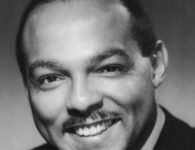
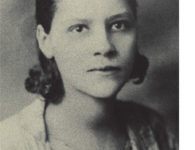

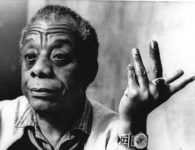

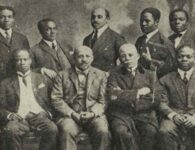
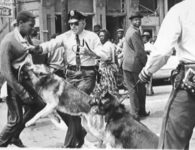

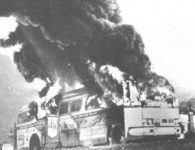
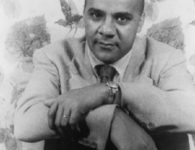

No comments